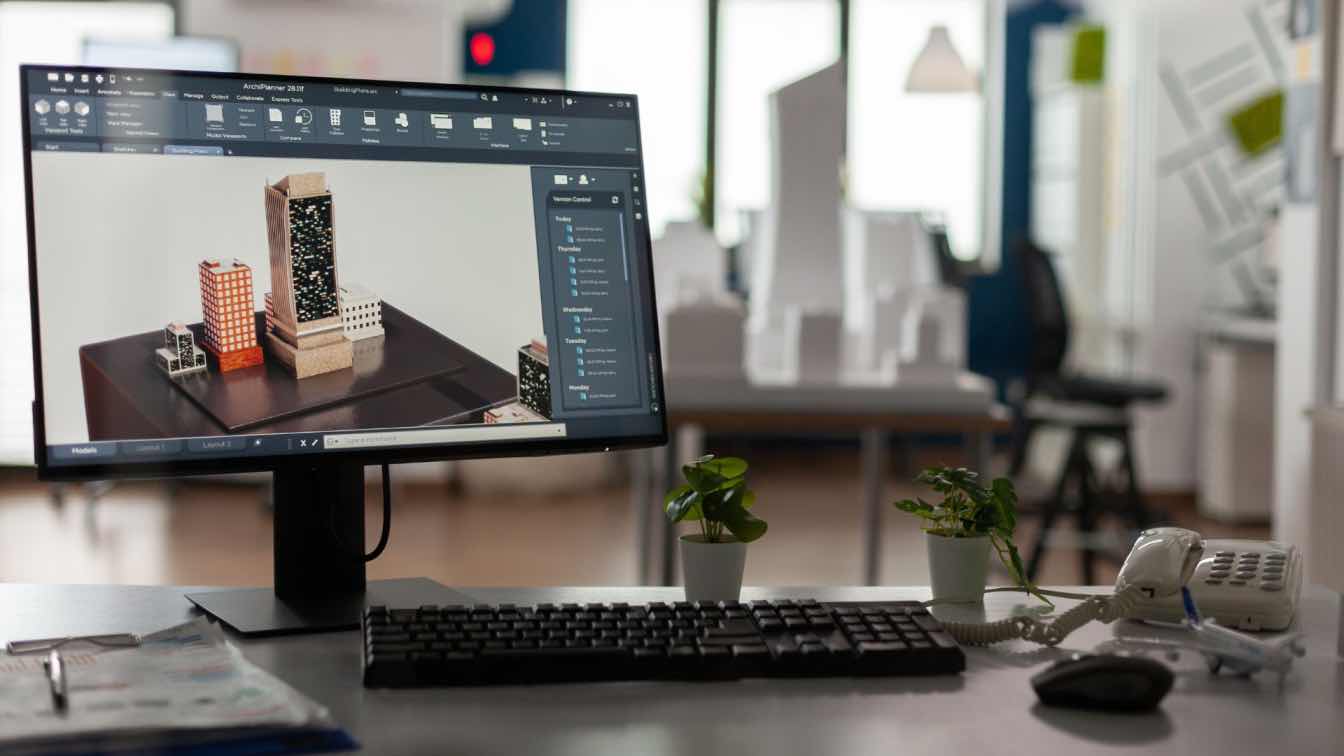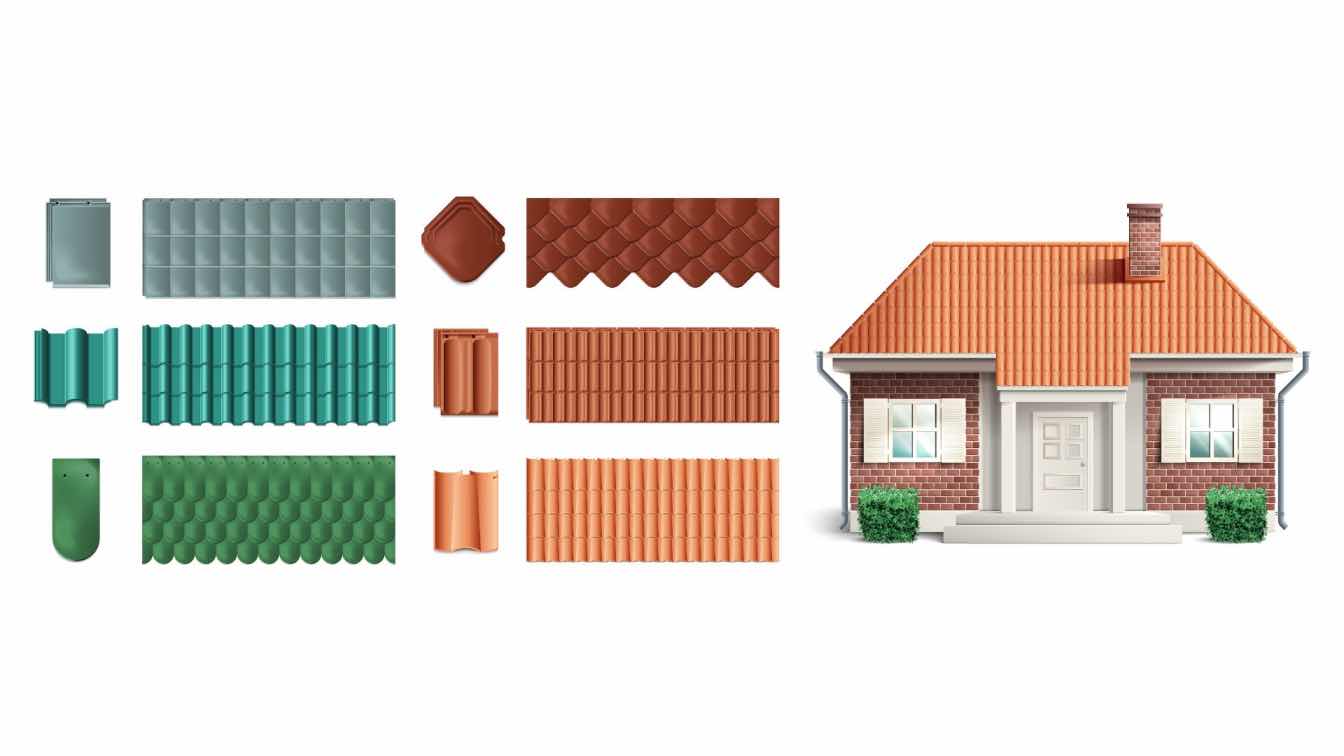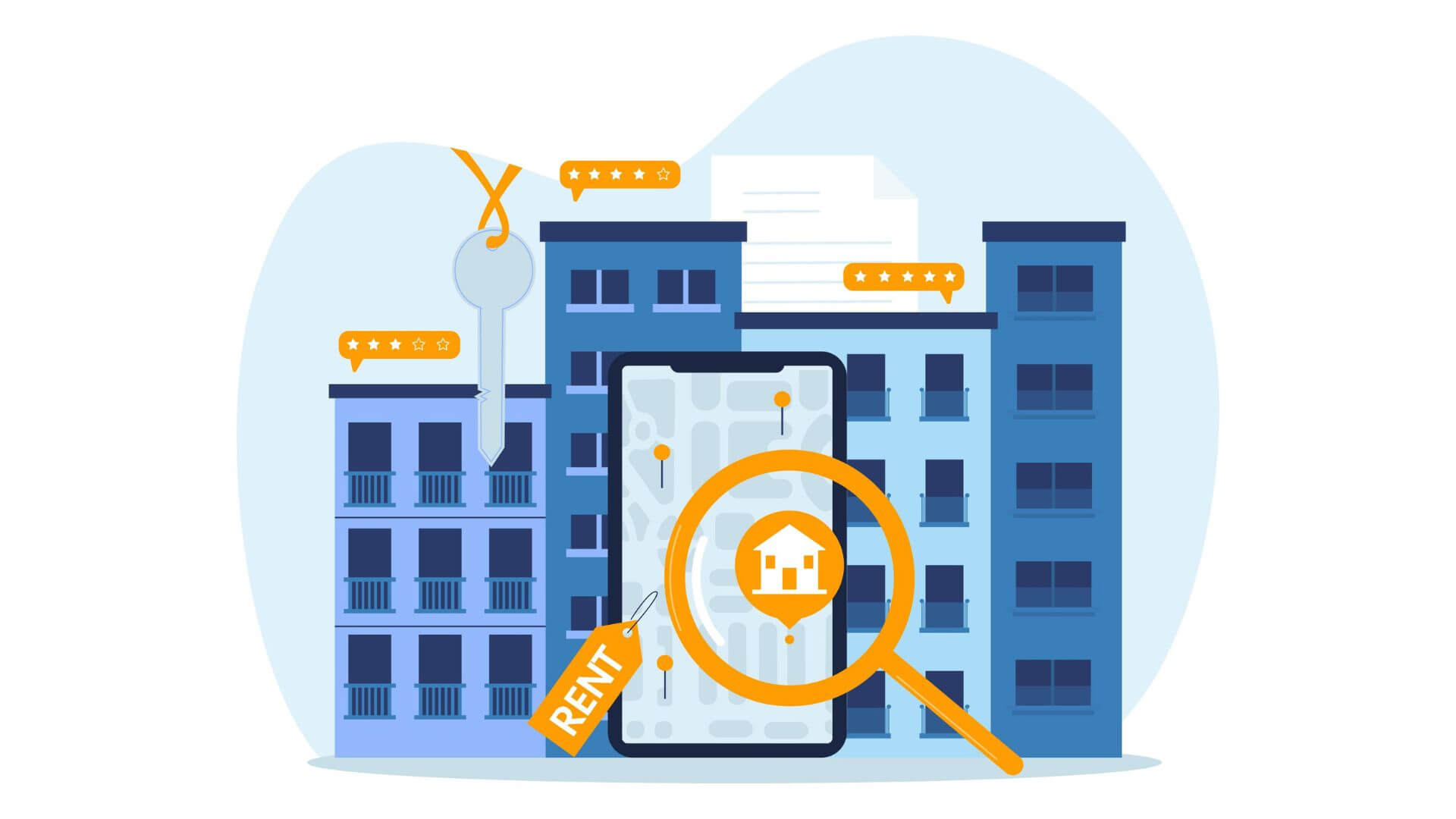A render goes viral: but not in a good way. The tower’s unfinished. The surroundings are wrong. And buried in the leaked file? Confidential project tags and exposed server routes. What was meant to wow a client just blindsided the studio with a security meltdown.
Architectural visualization isn’t just pixels and polish. It’s high-value IP wrapped in layers of tech, passed between artists, platforms, and cloud tools that weren’t all built for privacy. Every photoreal render or VR walk-through is a potential breach waiting to happen.
The smartest studios are shifting focus. Locking down creative workflows isn’t just good hygiene. It’s how you keep clients and future-proof your process.
Let’s go through what else you need to know.
Where Digital Risk Creeps In
The vulnerabilities in visualization workflows often emerge from the same tools that enable innovation. Render farms, remote access pipelines, third-party plug-ins, and immersive modeling platforms are all nodes in a complex architecture of software and cloud services. Each one can become a potential breach point.
Common digital risks in architectural visualization include:
1. Unauthorized access to design files hosted on shared drives or cloud platforms
2. Data loss due to improper backup or unsecured file syncing tools
3. Infiltration through outdated rendering software or plug-ins with known exploits
4. Exposure of client-specific data or concept visuals via phishing, ransomware, or human error
5. Loss of competitive advantage through leaked models or speculative visuals still under NDA
The Impact on Creative Workflow
Digital threats do not just stall operations; they shape creative decision-making. Teams under pressure to meet deadlines might bypass best practices to speed up sharing or rendering. A visualization lead may approve the use of a less secure asset-hosting platform because it enables faster turnaround. In a remote-first world, this kind of shortcutting isn’t rare—it’s a survival tactic.
But the long-term cost can outweigh the short-term convenience. Breached models must often be recreated. Client trust may be eroded, especially if sensitive visuals get exposed before the official unveiling.
Architectural firms that bid on international developments are increasingly subject to regulations. If a VR walkthrough or digital twin uses real-world data, security lapses might trigger formal inquiries or legal action.
How Visualization Teams are Responding
Many studios are no longer waiting for an incident before getting serious. They’re reshaping their digital workflows to include built-in risk mitigation. The approach is not about adding red tape but about designing smarter defaults.
This shift includes steps like:
1. Using cloud environments with role-based permissions to limit who can access, edit, or export project files
2. Replacing informal asset swaps via email or chat with secure digital asset management platforms
3. Implementing multi-factor authentication on all workstations connected to rendering or VR pipelines
4. Logging access activity so that teams can track unusual behavior or unauthorized downloads
5. Establishing internal protocols around third-party plug-ins, ensuring they’re updated and vetted before use
Studios are also tapping into frameworks developed outside the design industry. Learning from cybersecurity playbooks used in fintech or digital media has helped architectural teams build a foundation that works even at scale.
For example, adapting data security best practices from enterprise-grade resources helps firms secure not just visuals but also internal communications, client archives, and even employee credentials.
Balancing Creativity and Control
The real challenge is making security part of the creative culture, not an afterthought. This means integrating training and awareness into the visualization process itself.
Rather than treating security as a roadblock, top firms are teaching their render artists, BIM technicians, and project managers how to spot weak links early.
Best practices here go beyond IT and include:
1. Building awareness of phishing tactics tailored to architectural lingo or industry terms
2. Running post-mortems on any digital missteps to refine workflow policy
3. Scheduling quarterly audits of digital storage systems and project folders
4. Encouraging the use of secure remote desktops when working off-site or during travel
5. Providing updated encryption tools for transferring visuals, especially across international boundaries
Internal Vision, External Trust
Digital risk is not just an internal issue for architecture. In an industry built on trust, every choice around data security shapes perception. Clients want to know their high-profile designs aren’t floating around on unsecured drives. Public stakeholders expect visual materials to be accurate, consistent, and controlled.
Even press previews and award submissions can be impacted by early leaks or tampered render files. That’s why digital resilience is now as essential to reputation as aesthetic or storytelling prowess.
Digital Risk in Architectural Visualization: Prepare Yourself
As architectural storytelling becomes more immersive and interactive, the lines between design, tech, and data security will only blur further. Just make sure you’re staying up to date, and your firm will be in great shape.





